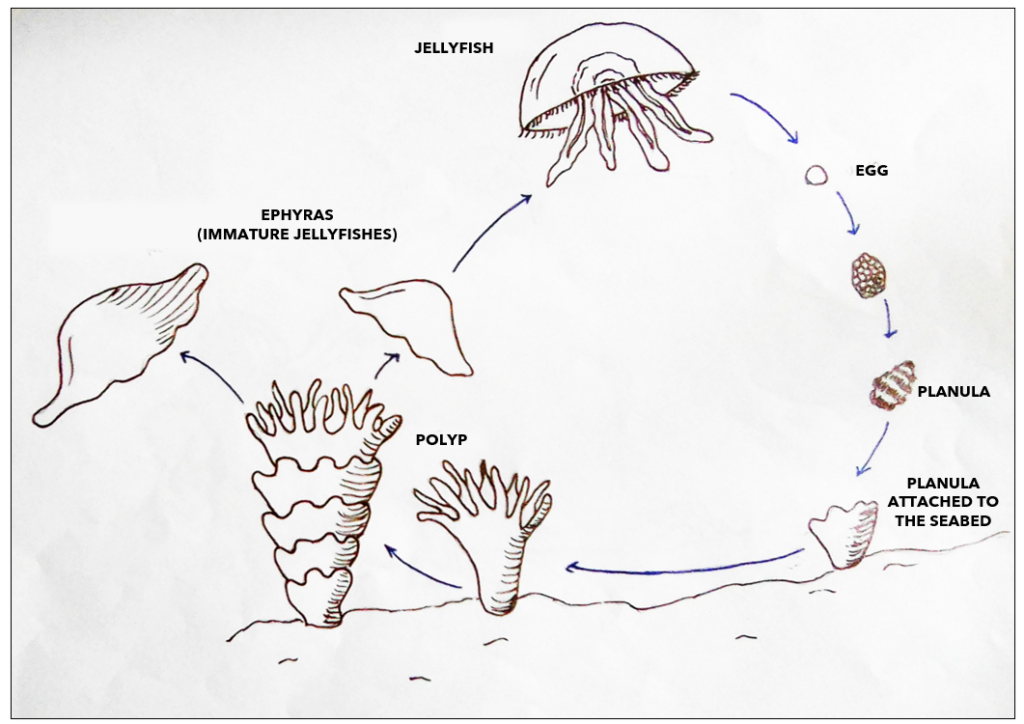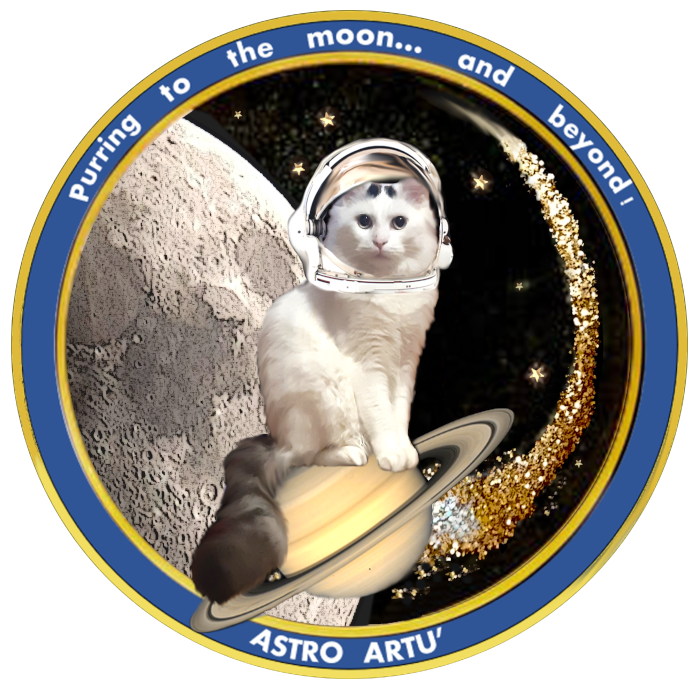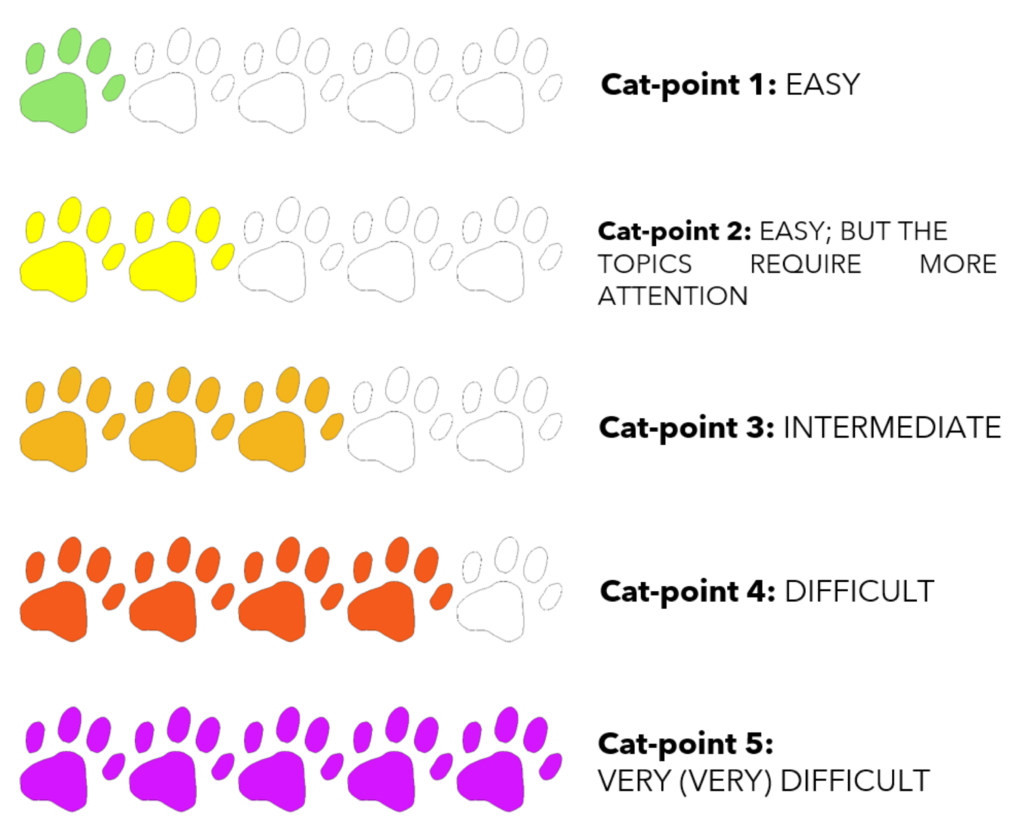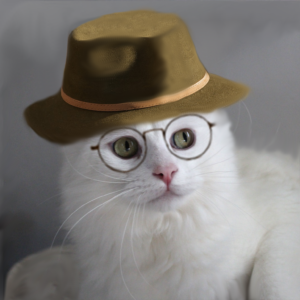Meow (ops…hello!) to all, intrepid explorers!
I’m sure you all know about jellyfish, but I’d bet a whisker that there is someone among you who hasn’t heard of the “immortal jellyfish” yet.
Well: ypu know that I don’t like to leave anyone behind, so let me briefly introduce the topic, giving you some information about what a jellyfish is scientifically. I apologize in advance if I will use terms that may seem difficult to understand, but they concern scientific names that cannot be omitted in the description. If you need more information, you can read up on the encyclopedia, on any other book or website you prefer.
Jellyfishes belong to the phylum (definition used for the classification of living beings which generally indicates the type to which an animal belongs) of the Cnidarians. Cnidarians, also known as Coelenterates, are animals that possess a radial symmetry and live in water. It’s interesting to know that the term “Cnidarians” derives from the Greek word knídē, which literally means ‘nettle’, a name that fully captures one of the best known characteristics of these living beings, namely the fact that they are highly stinging.
A jellyfish develops from a polyp, which lives in colonies anchored on the seabed. Reached maturity, it can generate both other polyps and jellyfish. In detail:
– through a process defined as “gemmation”, the polyp generates other polyps. Generally, they stick to the polyp that gave them birth and increase the size of the colony on the seabed. However, in some cases the polyps can detach from the bottom and live an independent life;
– particular polyps, called gonophores, have the ability to generate jellyfish, which can conceive other polyps through reproduction.
Here is my drawing that schematizes this particular life cycle.








